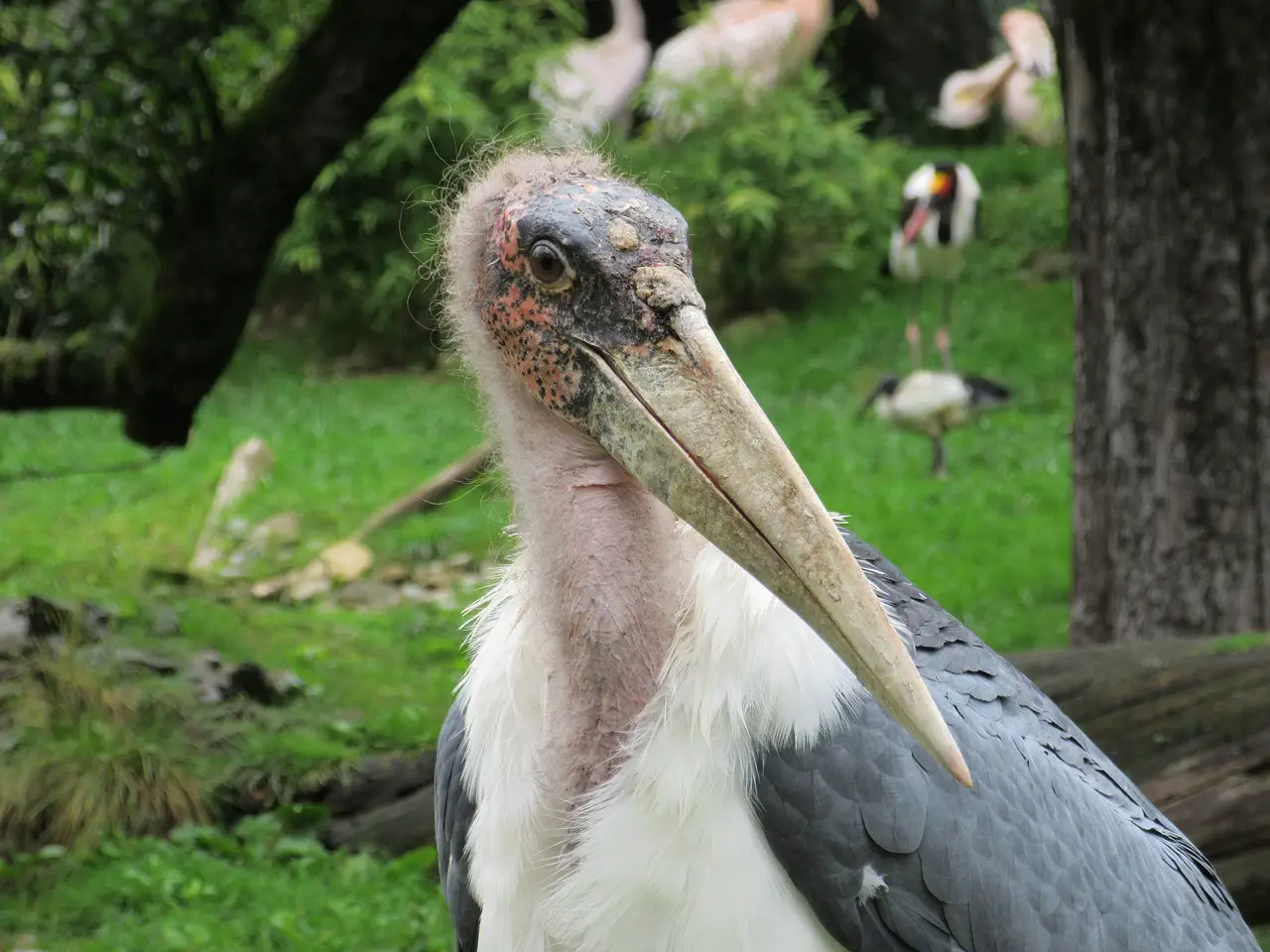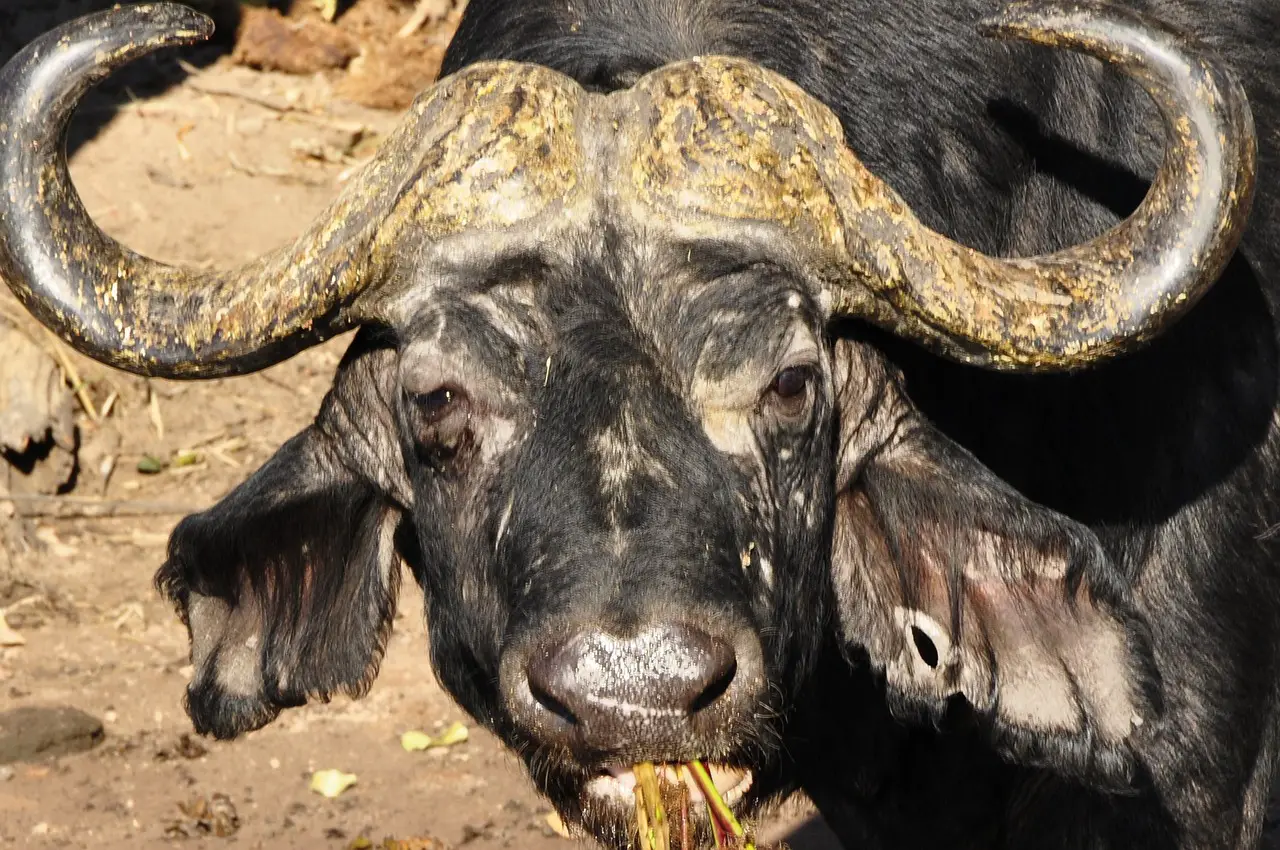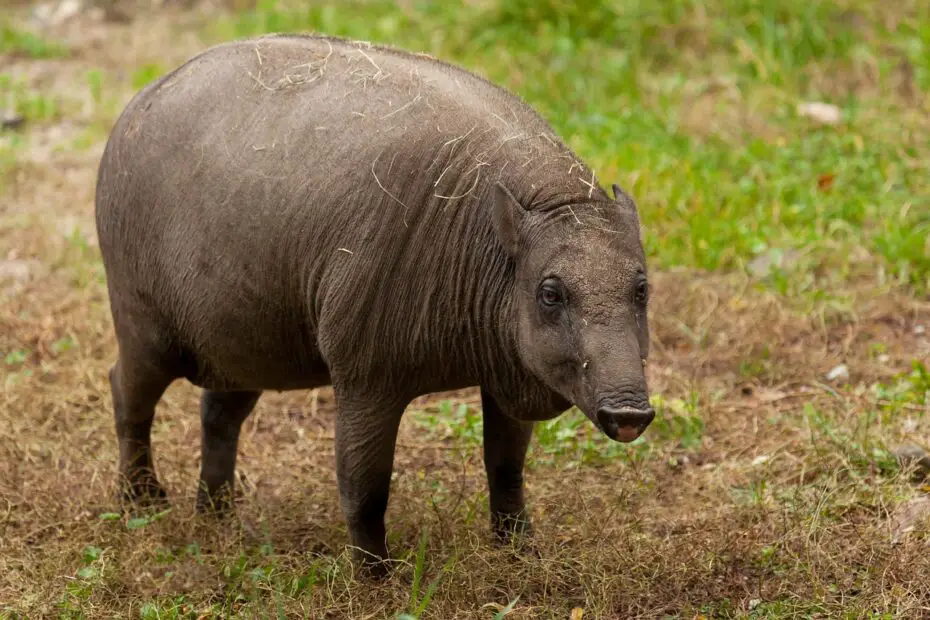Beauty is often in the eye of the beholder, but what about creatures that are universally deemed “ugly creatures”? The natural world is filled with a myriad of astonishingly beautiful organisms, but there’s also a place for those that challenge conventional notions of attractiveness.
In this article, we delve into the realm of ugly creatures, exploring their existence in nature, mythology, and popular culture. Join us on a journey that unveils the fascination with these peculiar beings and highlights their significance in our ecosystems.
You may also want to read about capybaras.
Ugly creatures in nature
Ugly creatures in the animal kingdom
The animal kingdom boasts a diverse array of species, and some of them are not conventionally pleasing to the eye. From the blobfish with its saggy skin to the naked mole rat with its wrinkled appearance, these creatures challenge our perception of beauty. We explore the unique adaptations and survival strategies that have made them successful in their environments.

Ugly creatures in the insect world
Insects, with their intricate body structures, exhibit fascinating diversity. While some are admired for their vibrant colors and delicate features, others are shunned due to their repulsive appearance. We delve into the world of creepy-crawlies like the giant weta and the vinegaroon, showcasing their unusual characteristics and shedding light on their ecological roles.
Ugly creatures in the deep sea
The depths of the ocean conceal some of the most bizarre and visually unappealing creatures. We dive into the abyss to discover peculiar organisms such as the anglerfish and the gulper eel. These creatures have evolved extraordinary adaptations to survive in the extreme conditions of the deep sea, captivating scientists and enthusiasts alike.
Ugly creatures in folklore and mythology
Mythical creatures with grotesque features
Throughout human history, myths and legends have been woven around creatures that defy our perception of beauty. We explore mythological beings like the Chimera and the Harpy, known for their grotesque appearances and supernatural powers. These creatures often symbolize certain aspects of human nature and serve as cautionary tales or embodiments of primal fears.
Ugly creatures in fairy tales and folklore
Folklore from around the world is replete with stories featuring ugly creatures. Whether it’s the trolls of Scandinavian folklore or the ogres of European fairy tales, these beings challenge societal norms of beauty. We delve into the cultural significance of these tales, examining the messages they convey and the lessons they teach.
Ugly creatures in popular culture
Ugly creatures in movies and television
From classic horror films to modern fantasy epics, popular culture has embraced the allure of ugly creatures. We take a cinematic journey through time, exploring iconic characters like the Xenomorph from “Alien” and the Orcs from “The Lord of the Rings.” These fictional beings often serve as powerful metaphors or antagonists, capturing our imagination and leaving lasting impressions.
Ugly creatures in literature and art
Beyond the realm of moving images, literature and art have also depicted ugly creatures throughout history. From the hunchbacked Quasimodo in “The Hunchback of Notre Dame” to the twisted creations of H.P. Lovecraft’s cosmic horror, we uncover the ways in which authors and artists have used ugliness as a narrative tool. These representations provoke thought and offer fresh perspectives on the human condition.

The fascination with ugly creatures
Psychological factors
What drives our fascination with ugly creatures? We explore the psychological factors that make us simultaneously repulsed and intrigued by these beings. From the uncanny valley effect to the allure of the grotesque, we delve into the complexities of human perception and the interplay between beauty and ugliness.
Scientific interest
Scientists have a keen interest in studying ugly creatures, recognizing the valuable insights they provide into evolutionary biology, ecology, and genetics. We delve into the scientific research being conducted on these organisms, highlighting their unique adaptations and the lessons they teach us about the natural world.
The importance of ugly creatures in ecosystems
While some may dismiss ugly creatures as insignificant or unimportant, they play crucial roles in ecosystems. We explore the ecological significance of these organisms, examining their interactions with other species and their contributions to ecosystem balance. By understanding their place in the grand tapestry of life, we can appreciate their importance and work towards their conservation.
Appreciating the beauty in ugliness
Beauty is subjective, and the perception of ugliness is often a societal construct. We challenge conventional beauty standards by encouraging readers to appreciate the beauty in ugliness. By embracing the diversity of life forms and acknowledging the unique adaptations that make creatures “ugly,” we can foster a greater sense of wonder and respect for the natural world.
Conclusion
In a world that celebrates conventional beauty, it is important to recognize the value and significance of creatures deemed “ugly.” From the depths of the ocean to the realms of mythology and popular culture, these beings captivate our imagination and challenge our preconceptions. By embracing their existence, we gain a deeper understanding of our own perceptions and the intricacies of the natural world.
FAQs
- Why are some creatures considered ugly?
- The concept of beauty is subjective and varies across cultures. Some creatures challenge our aesthetic sensibilities due to their unconventional features or adaptations.
- Are ugly creatures dangerous?
- Not necessarily. While some ugly creatures may possess defensive mechanisms or venomous traits, the perception of danger is often subjective and influenced by cultural beliefs.
- Can ugly creatures be endangered?
- Yes, many ugly creatures are threatened by habitat loss, pollution, and climate change. Conserving their habitats and raising awareness about their importance is crucial for their survival.
- Do ugly creatures serve any purpose in ecosystems?
- Absolutely! Ugly creatures play important roles in maintaining ecosystem balance. They may serve as prey for other species, contribute to nutrient cycling, or play a vital role in pollination.
- Can we learn anything from studying ugly creatures?
- Yes, studying ugly creatures provides valuable insights into evolutionary biology, ecological interactions, and adaptations. They offer unique opportunities for scientific research and discovery.
